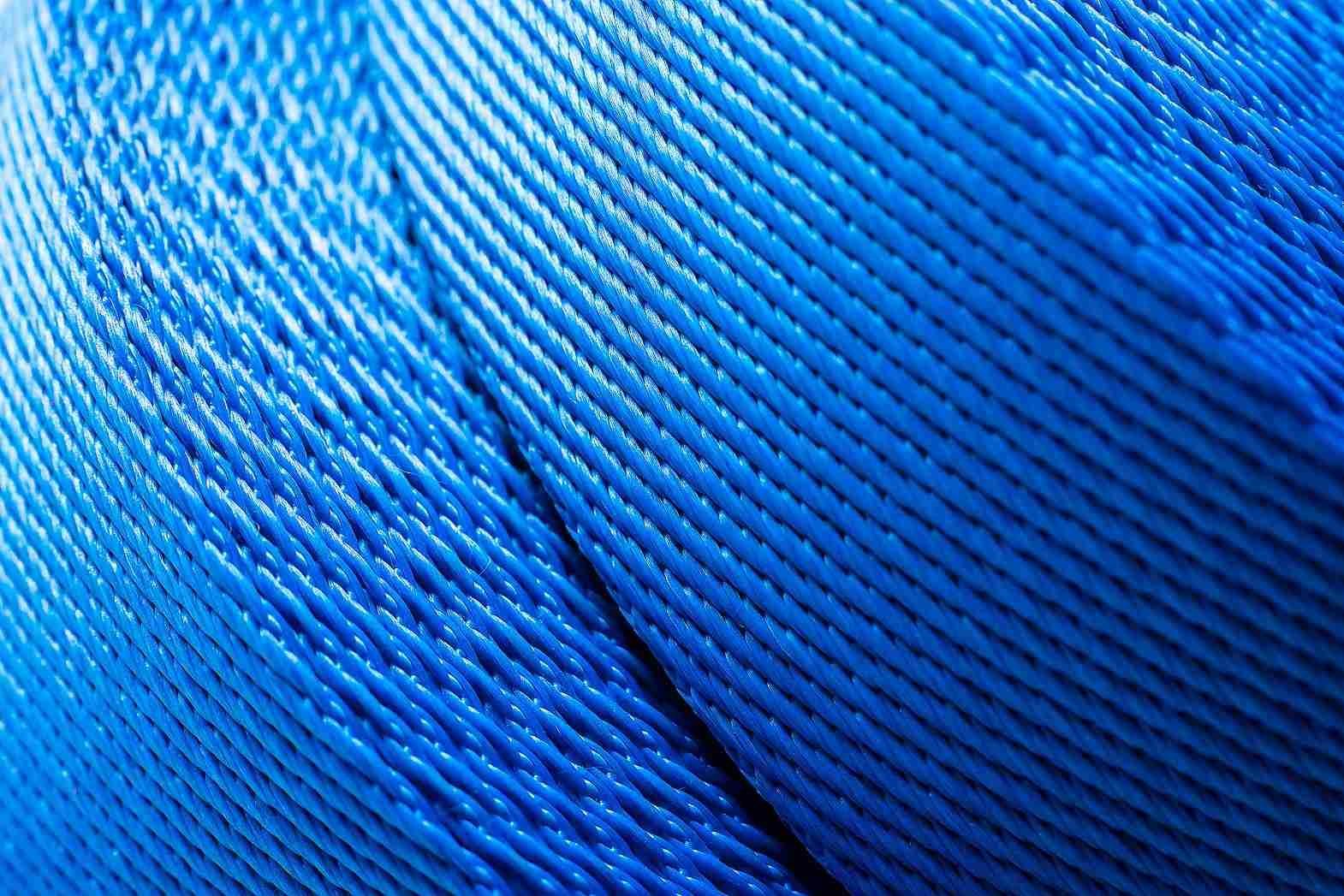Today, the textile industry employs various techniques to develop self-cleaning textiles, leveraging nanotechnology and multipurpose chemical finishes. These methods aim to create fabrics that not only remain clean on the surface but also resist contamination and remain bacteria-free. One approach is biomimicry in textiles, drawing inspiration from natural elements like lotus leaves, known for their wicking properties that keep surfaces clean.
There are two main types of self-cleaning coatings: hydrophilic and hydrophobic. The lotus effect, for instance, is achieved using a hydrophobic coating, characterized by high water contact angles, typically above 90 degrees. The contact angle depends on the chemical and topographical characteristics of the surface. Superhydrophobic coatings have water contact angles greater than 150 degrees, causing water droplets to form spherical shapes and roll away from the surface, carrying dirt with them.
Nanoparticles used in these coatings have a large surface area-to-volume ratio and high surface energy, which enhances their affinity for fabrics and prolongs the functional coating's lifespan. This has led to significant research and development in nanotechnology's application in textiles. Today, there are textiles that not only repel water and dirt but can also resist stains from substances like wine and coffee, as well as bacteria and odors.
Another method utilizes microwaves to do so. A chemical that can repel the dirt and oil is used to coat the surface creating a protective layer using nano particles. This technology is used to make uniforms and innerwear for defense personnel. These kinds of coating have the ability to keep bacteria at bay and the cloth hygienic for days.
Silver also possesses a quality to repel dirt and keep bacteria away. Silver injected nano particles used as coatings, can be beneficial to produce self-cleaning fabrics. Silver is also assumed to have healing properties and hence used in garments like socks. Another chemical used to obtain self-cleaning properties is chlorine. It is used in the form of molecules that consist of halamines, which have no adverse effects unlike chlorine in gas form. Chlorine halamines is adhered to cellulose fibres of cotton and after a few washes, the fabric is again treated with chlorine bleach to regain its cleaning properties. Such a treatment is used in medical textiles like wipes, beddings, and towels.
Self-cleaning garments and fabrics retain the original texture and feel of the fabric without bringing about any change. Clothes that can keep clean can save a lot of water and energy by preventing frequent wash. Using above mentioned technologies self-cleaning fabrics can prevent dirt, oil, and also act as a disinfectant. The methods used for developing self-cleaning fabrics keeps the textiles long lasting and fresh looking than ordinary fabrics.
Anti-dirt and self cleaning clothes can be used in medical, sports, defense, and home textiles widely. However, there are a few shortcomings in some of the techniques used. The breaking down process of impurities is time consuming and depends on the amount of dirt or stains to be cleaned. The electrons in the titanium dioxide react with oxygen using light energy. In order to break down completely a large stain from a fabric, it will have to be exposed to sunlight for more time. Also, developing hydrophobic textile materials is not only time taking but also expensive.
Refining the technologies for self-cleaning fabrics and garments will help decrease the cost and also have a long-lasting effect of the nano-particles used. This environmentally friendly solution can help saving dry cleaning and laundry bills, energy, and time. One can expect in the near future garments that have self-cleaning features available commercially at stores too.
References:
1. Libserver.wlsh.edu.tw
2. Attension.com








Comments